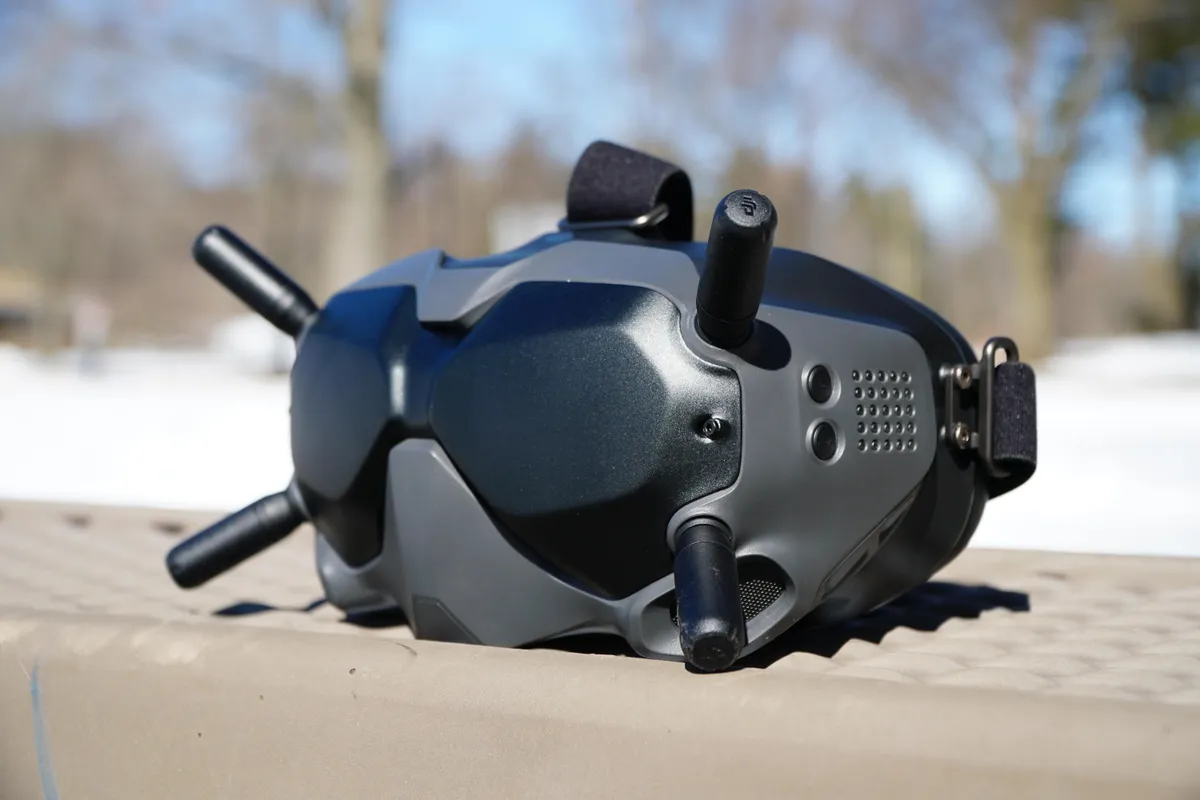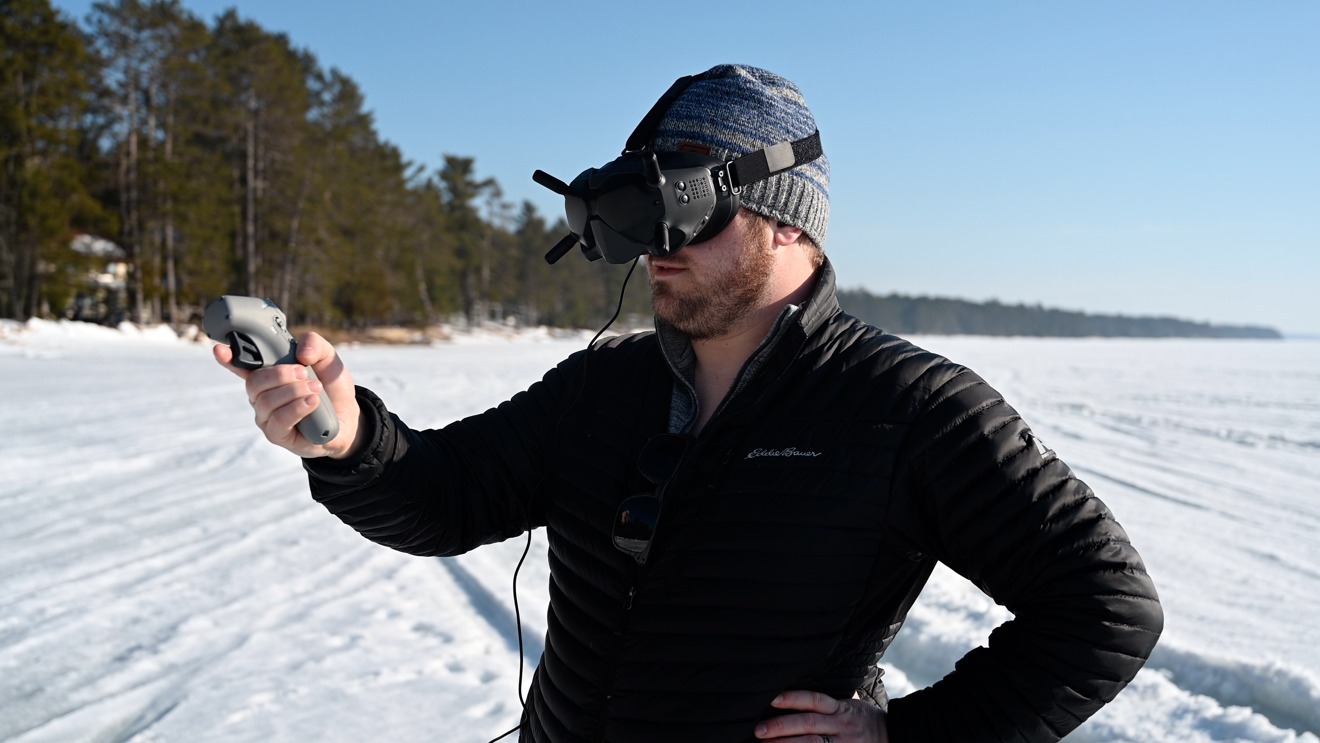When you take to the skies with your drone, make sure that you keep it friendly and stay close. Stick close by its side at no more than 120m/400ft in altitude or 500m/1640ft away – that’s the law! And don’t even think of using binoculars or any other visual aids; remember, keeping an eye on them is crucial if they stick around for very long. Have a blast responsibly with your beloved craft!
Is Flying with an FPV Goggles Illegal?
FPV drones are accessible from both the US and the UK! But don’t forget – when you jump behind those goggles, you’ll need a trusty buddy to watch your aircraft while they feed information back. So grab a friend and get ready for some thrilling aerial adventures.

What are the FPV Drone Laws?
No matter the side of the pond, when flying a drone with an FPV device – you’ll need a second set of eyes. In both UK and US airspace, you must have an observer joining your flight mission to keep things safe from anything unwanted or unexpected buzzing around!
Looking to fly up, up, and away? Check out the best drones available right now! With a range of seriously discounted prices, too – there’s never been a better time to take off on your aerial adventure.
An experienced drone observer must always stay by the pilot’s side, maintaining an eagle-eye view of their aircraft – sans any technological assist from binoculars or screens! There can only be one unaided line of sight in play here.
Flying with FPV goggles is an exciting way to experience the beauty of the sky! But, if you’re a little hesitant due to any legal qualms, don’t worry–as long as you practice safe flying habits, it’s perfectly legal! When it comes to kid-friendly drones, there are a few contenders for the best drone for kids. Consider your needs: is it recreational use or photography? Which size and weight works best for you? And, of course, make sure wherever you fly is legal–it’s generally not okay to fly over freeways, airports or other no-fly zones. Now that you’ve got your drone gear set up and your location decided upon: break out those goggles and hit the skies!
UK drone laws for leisure flying
Flying a drone is an exciting experience for all aerial adventurers! Before taking to the skies, make sure you brush up on your UK Drone Laws and abide by them. Keep within visual line of sight at all times and fly under 120m above ground level – plus never fly closer than 50 meters from crowds or built-up areas like buildings and cars. To explore further details about these regulations, check out the Civil Aviation Authority’s website or read our quick guide before setting off into flight-filled fun!
How does this impact the regulations hovering around drone law? Are we looking at a potential aerial revolution or minor tweaks above? Let’s take to the skies and find out!
Regardless of where you’re flying your FPV drone, there are always regulations to keep in mind. In the US and the UK, registering with the FAA or CAA is mandatory if your drone weighs more than 250g. Once that’s done, though, following some simple rules should help ensure a safe and enjoyable flight – luckily, we’ve got them covered for you!
Basic US drone laws for leisure flying
Ready to take your drone for a spin? If you are, brush up on the US drone laws first! All drones between 0.55 lbs (250g) and 55 lbs (25kg) must be registered and marked with their number, so make sure it’s ready before takeoff. Keep your eyes peeled – never fly out of view or above 400 feet above ground level! Make sure you obey all nighttime flying regulations, too, unless properly lit up – no one wants any nasty surprises from Grandma’s Balcony… oh yeah, also don’t forget about giving way to other aircraft in flight paths as well as staying clear during emergency response activities like search & rescue ops. For more detailed information, visit FAA’s site today.

So did we answer your question on, Is flying with FPV goggles is illegal?
In both the US and the UK, drone flying takes a team effort! A “drone pilot” needs the assistance of an assistant: Someone to stand shoulder-to-shoulder with them who can keep their eyes peeled for obstacles or other aircraft. That’s right – no fancy screens, binoculars, or high-tech gizmos allowed! The observer must use their (unaided) naked eye to ensure that FPV drones and goggles remain safely in view.
